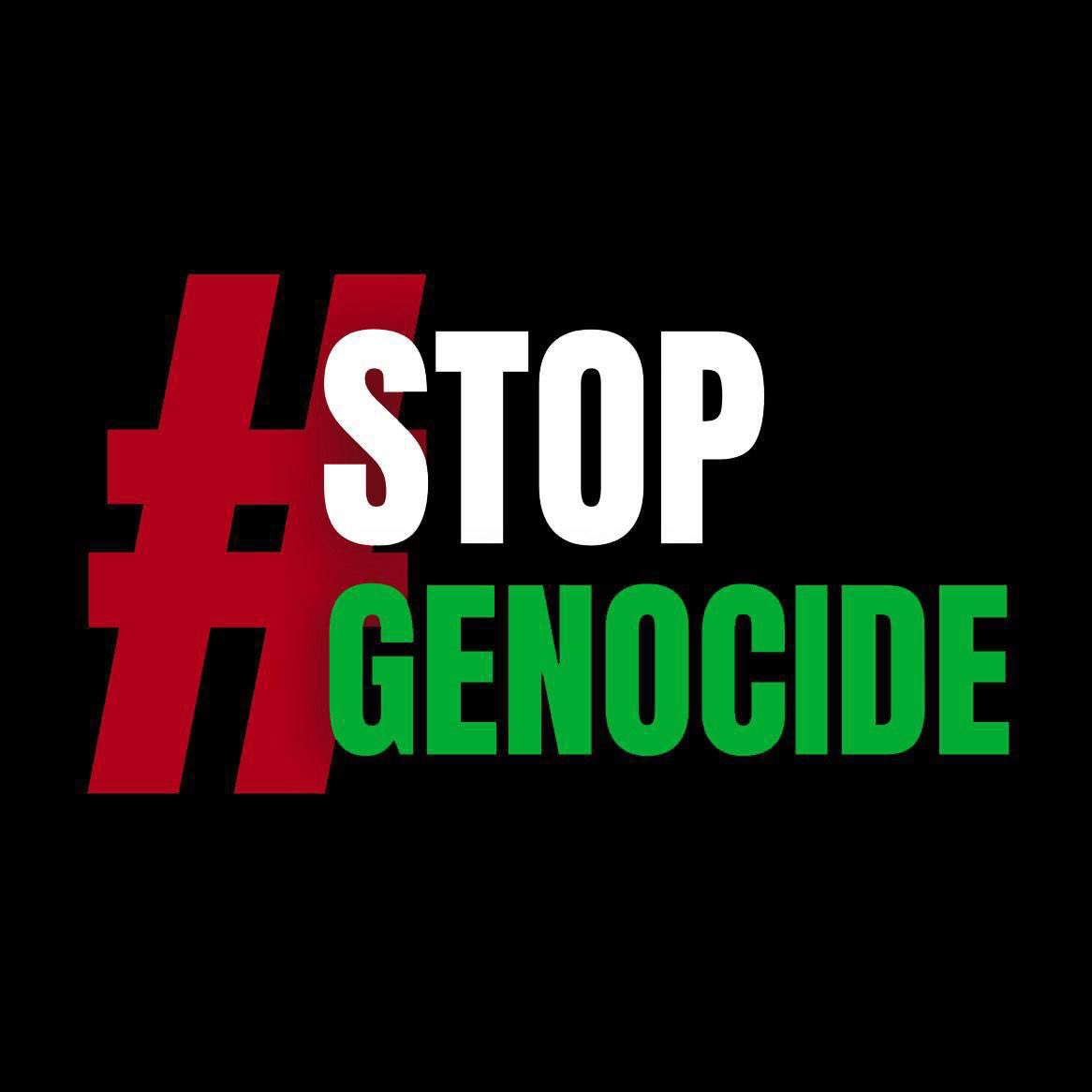Martyred Children of Gaza

[Date Published: 1 February 2025] MARTYRED CHILDREN OF GAZA ~ by Shivani Chaudhry ~ Smiles that embraced every heart Eyes beaming light on dreary days Hands moulding miracles of love Songs that lifted kites of hope Hugs that healed every hurt Now, a haunting soul-stripping void Scattered shards of severed childhood School books decaying under the debris Their tender writing inscripting the earth with a million unlived dreams Their untold stories enflame evening skies Shaping clouds with the cumulus of innocence Desolate winds hold their unspoken words Drifting above this deathful dystopia Aching to hear those guiltless giggles again The children’s souls will carry Every cry for freedom, from river to sea While we lie on sombre shores Singing ballads of pain to quell the Insoluble agony of endless nights Now look into the ravened vastness Beyond the stars where our children still laugh And tell us the colour of their skin, Of their souls...




